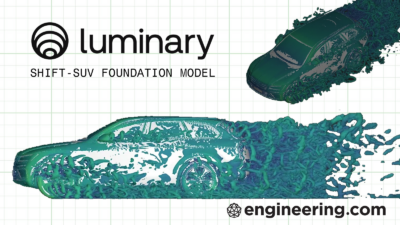Foundation EGI has emerged from stealth to build an “AI platform for all aspects of engineering.”
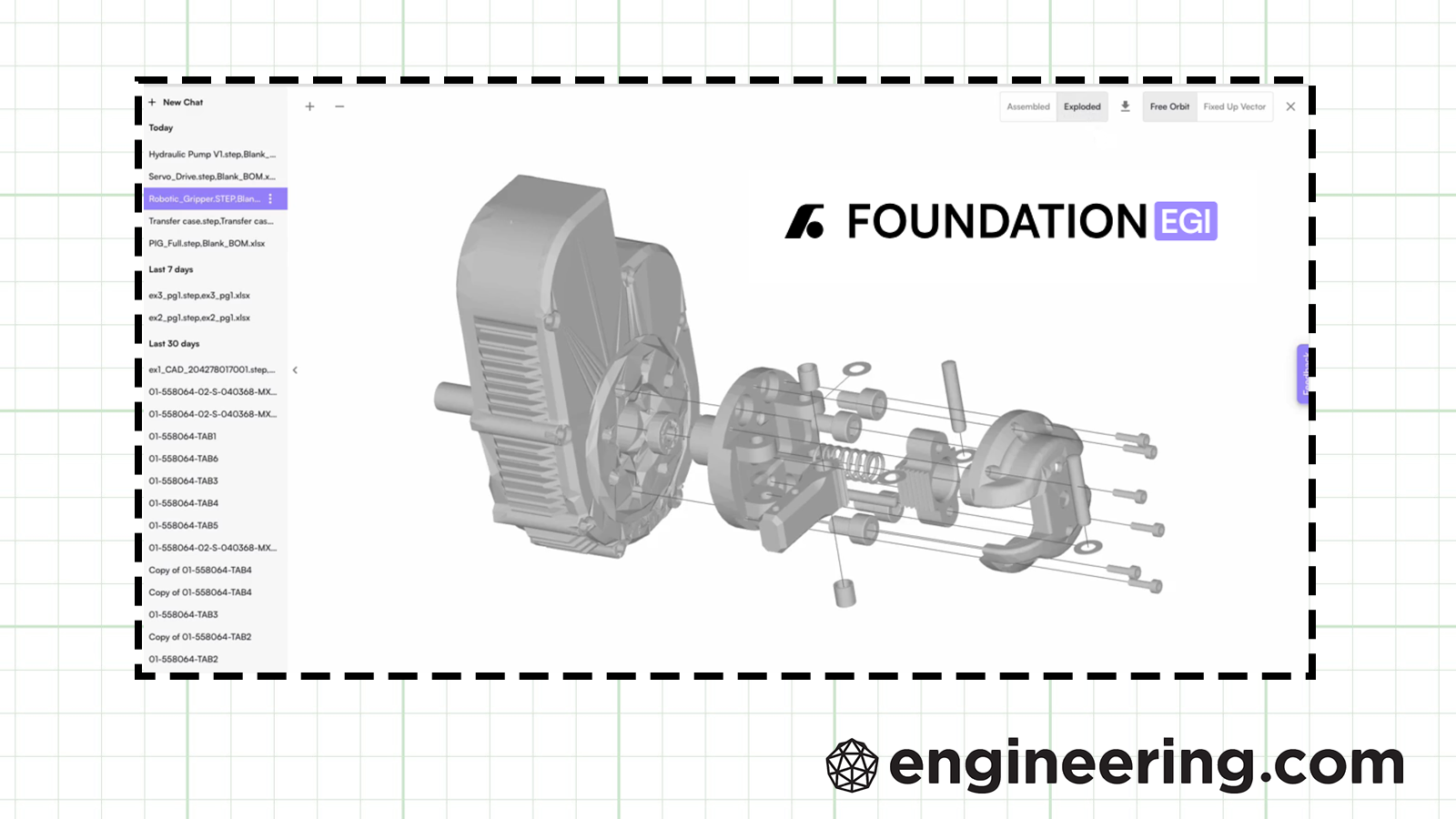
This is Engineering Paper, bringing you the latest design and simulation software news.
Today’s top story is about Foundation EGI, yet another AI startup that emerged from stealth last week. That acronym certainly raised my eyebrows: EGI stands for Engineering General Intelligence.
“We’re building out an AI platform for all aspects of engineering,” Mok Oh, co-founder and CEO of Foundation EGI, told me.
I’ve written a lot about AI in this newsletter—particularly AI hype—and I can’t take “EGI” as anything but spin. The now-familiar term AGI, artificial general intelligence, is either impossible or imminent depending on who you ask. EGI feels similarly tenuous.
But let’s look past the marketing, because Foundation EGI does have an interesting product. It might not cover all aspects of engineering, but it covers one: documentation.
“Engineers end up spending a lot of time and money and effort and toil writing documentation, which they really don’t enjoy doing,” Oh said. (I can think of at least one engineer who enjoys writing, but enough about me.)
Oh showed me a demo of the company’s web-based platform that turns natural language prompts into part diagrams, product manuals, technical illustrations and the like. I wasn’t permitted to record the demo, but this screenshot from Foundation EGI’s website gives the flavor:
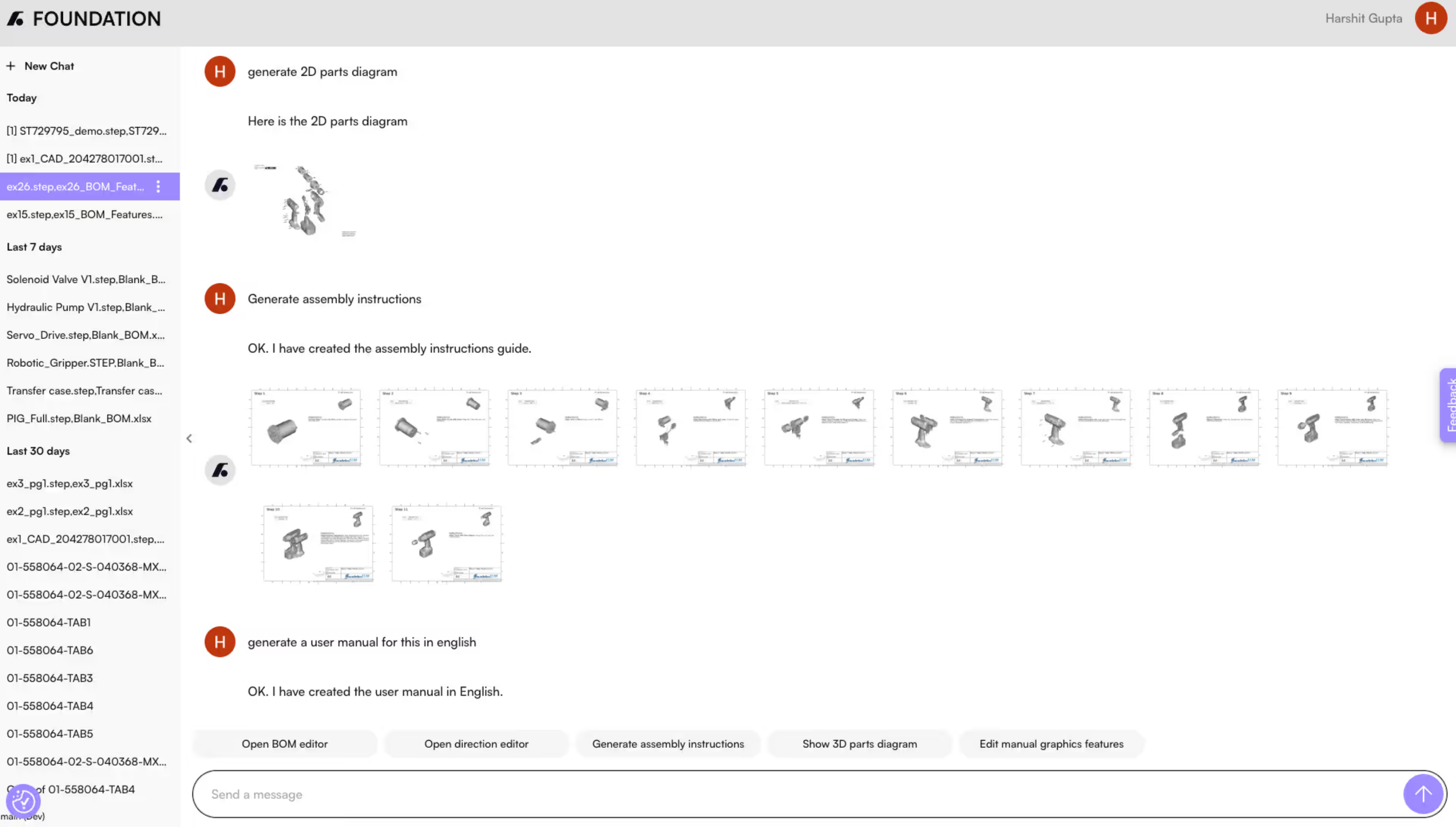
It works like this: users load their CAD models and supporting data such as bills of materials or product descriptions. Then they write text prompts describing the documentation they want, such as “generate a user manual for this product.” In that case, Foundation EGI returns a Word file that users can download and edit.
I didn’t have the chance to examine any results, but Oh is confident in the platform’s performance, going so far as to say that it “generates the right and perfect outputs for engineers.”
How can he be so sure? That’s the interesting part. Foundation EGI is partly built with commercial LLMs (Oh declined to name which), but they don’t generate the results directly. Instead, the effect of any prompt is to generate Foundation EGI’s domain specific language (DSL), a custom code that’s hidden to the user but fully describes the platform’s output (the same way HTML describes a web page).
“The reason why it always generates a correct output is because our source code here describes exactly what an engineer would want, and only exposes the right parameters so that it does not hallucinate,” Oh said.
That’s the core idea underpinning Foundation EGI’s approach. Engineering, Oh told me, is “ultimately a system that can be described by a programming language.” The company wants to write that language one domain at a time.
Speaking of domains, engineering documentation is just the start of Foundation EGI’s roadmap. The company plans to tackle four other engineering domains: design and design exploration, parts and part sourcing, simulation optimization, and manufacturing optimization and operations, according to Oh.
“We’ll have large language models, create our own DSLs, have compilers… and produce the always-correct outputs that are relevant for engineers,” Oh said.
Oh told me Foundation EGI already has paying customers, which for now are all large enterprises. The company plans to introduce self-serve options for small and mid-size companies in the next few quarters.
Despite its lean into hype, Foundation EGI has a novel approach that I’ll be watching with interest. I’ll report back when I know more. In the meantime, here’s an article that Oh recently penned for Engineering.com: Engineering’s AI opportunity is here.
Siemens Xpands Teamcenter X
Siemens Digital Industries Software is expanding Teamcenter X with two new subscription tiers: Teamcenter X Standard and Teamcenter X Advanced. The SaaS PLM platform now has four tiers, which in order of least to most functionality are Essentials, Standard, Advanced, and Premium.
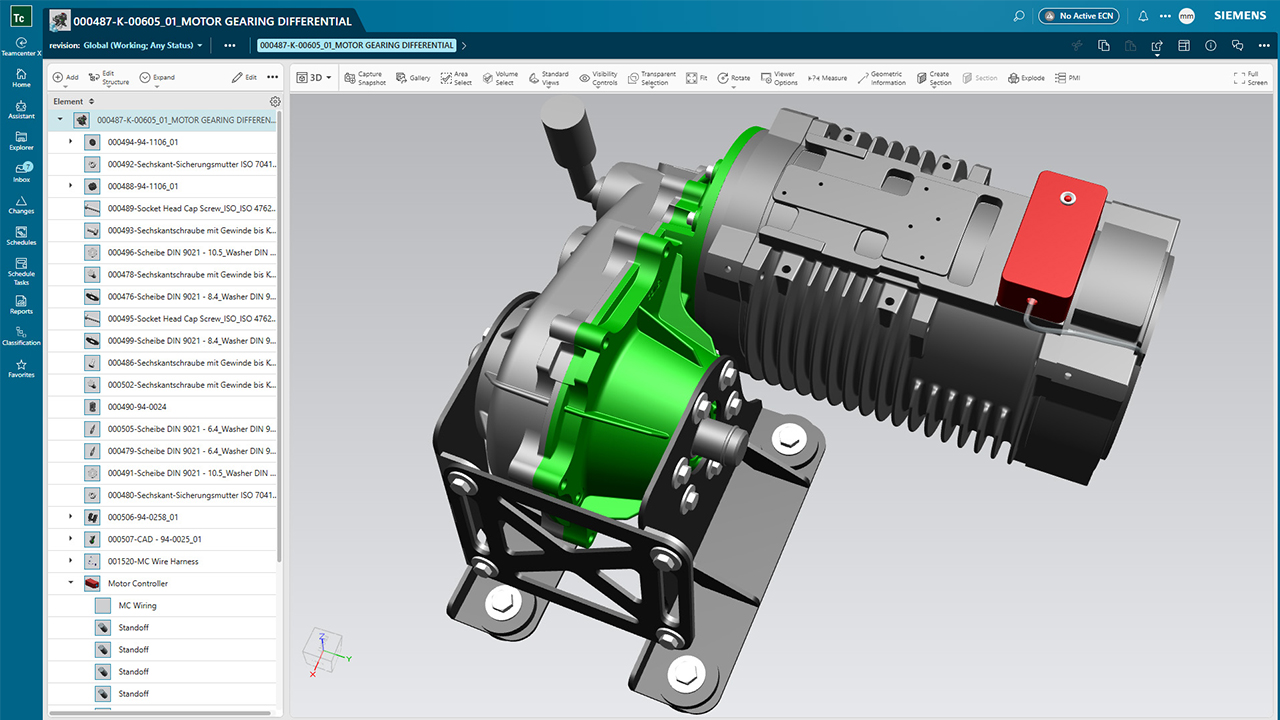
Teamcenter X Standard is “for companies collaborating on mechanical designs in a tailored environment, with built-in change management, schedule management and workflows,” while Teamcenter X Advanced adds “cross-domain collaboration on mechanical, electronic, and electrical designs,” according to the Teamcenter X plans and pricing page (which, curiously, does not include pricing).
Onshape launches Onshape Government
Last week I covered the long-expected launch of Onshape AI Advisor, a product support chatbot for the cloud CAD software. I missed that Onshape also launched Onshape Government, “a purpose-built version of Onshape, designed specifically to help meet the compliance needs of U.S. federal and state agencies, defense contractors, and organizations working on regulated projects,” according to a press release from Onshape’s parent company PTC.
Onshape Government is hosted on AWS GovCloud (US), Amazon’s cloud service for sensitive and controlled unclassified information (CUI). According to PTC, the platform enables compliance with regulations including ITAR and EAR.
ZWSoft launches beta of ZWCAD MFG 2026
China-based CAD developer ZWSoft released a beta of ZWCAD MFG 2026, the latest version of its 2D CAD software for manufacturing.
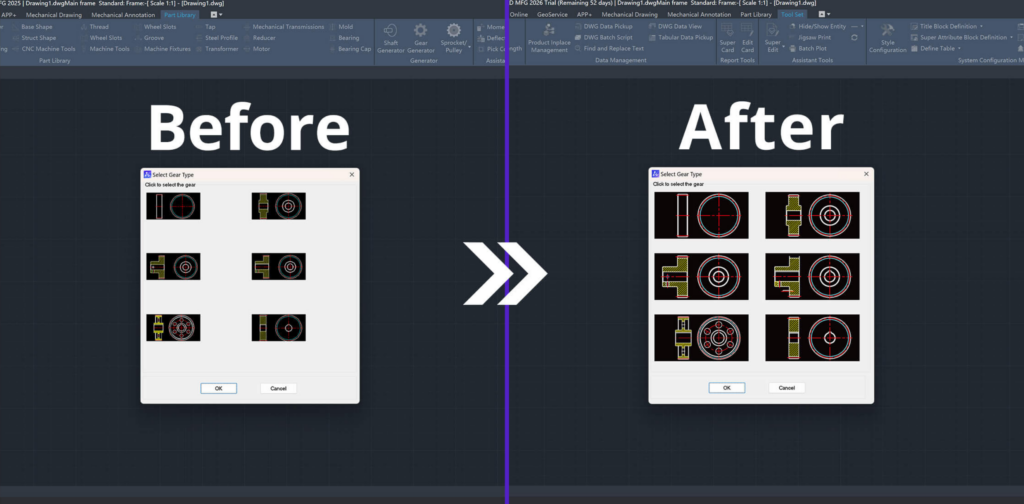
The release’s new features include greater compatibility with AutoCAD Mechanical (up to version 2024), the ability to quickly generate screw fastener assemblies, a new hole generator tool, an interface that’s optimized for 4K displays, and more. The beta is currently available for download.
One last link
On the latest episode of the Industry Insights and Trends podcast, my colleagues Jim Anderton and Michael Ouellette discuss the truth about AI in manufacturing.
Got news, tips, comments, or complaints? Send them my way: malba@wtwhmedia.com.



